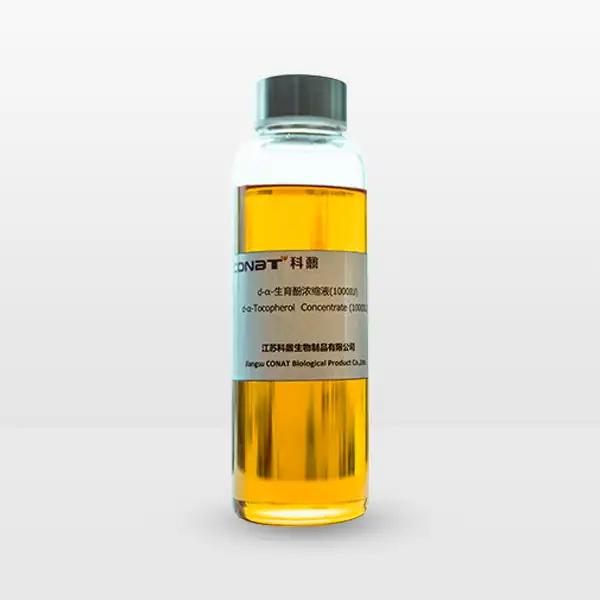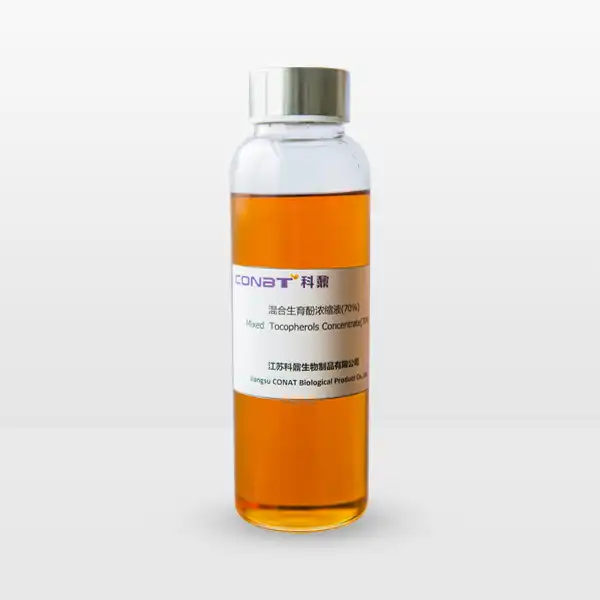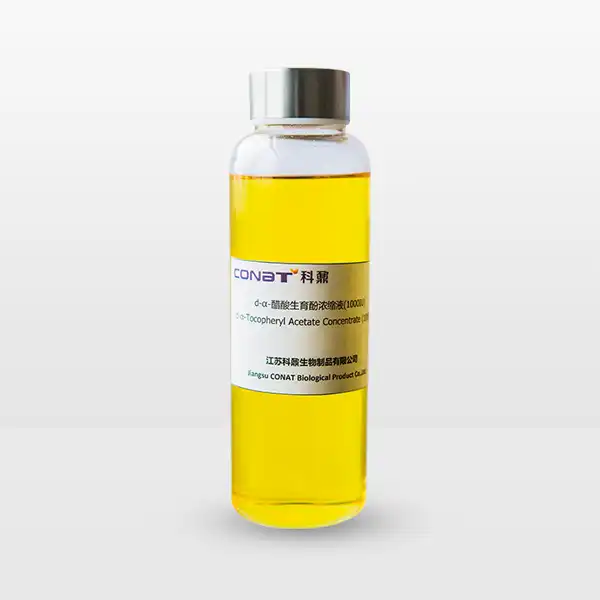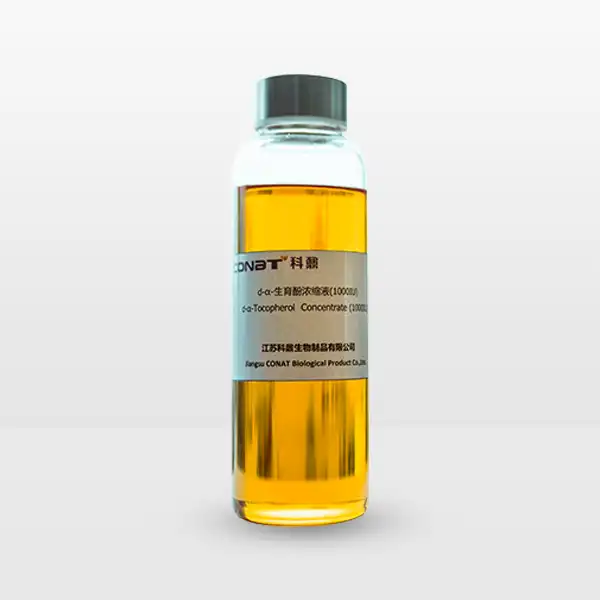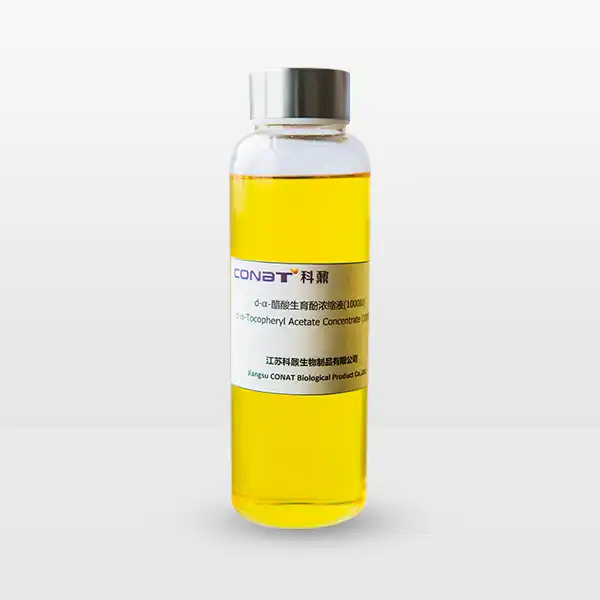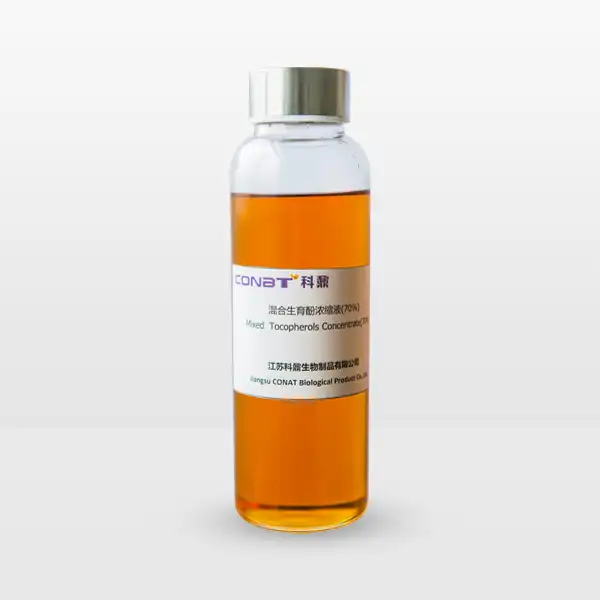- English
- French
- German
- Portuguese
- Spanish
- Russian
- Japanese
- Korean
- Arabic
- Greek
- German
- Turkish
- Italian
- Danish
- Romanian
- Indonesian
- Czech
- Afrikaans
- Swedish
- Polish
- Basque
- Catalan
- Esperanto
- Hindi
- Lao
- Albanian
- Amharic
- Armenian
- Azerbaijani
- Belarusian
- Bengali
- Bosnian
- Bulgarian
- Cebuano
- Chichewa
- Corsican
- Croatian
- Dutch
- Estonian
- Filipino
- Finnish
- Frisian
- Galician
- Georgian
- Gujarati
- Haitian
- Hausa
- Hawaiian
- Hebrew
- Hmong
- Hungarian
- Icelandic
- Igbo
- Javanese
- Kannada
- Kazakh
- Khmer
- Kurdish
- Kyrgyz
- Latin
- Latvian
- Lithuanian
- Luxembou..
- Macedonian
- Malagasy
- Malay
- Malayalam
- Maltese
- Maori
- Marathi
- Mongolian
- Burmese
- Nepali
- Norwegian
- Pashto
- Persian
- Punjabi
- Serbian
- Sesotho
- Sinhala
- Slovak
- Slovenian
- Somali
- Samoan
- Scots Gaelic
- Shona
- Sindhi
- Sundanese
- Swahili
- Tajik
- Tamil
- Telugu
- Thai
- Ukrainian
- Urdu
- Uzbek
- Vietnamese
- Welsh
- Xhosa
- Yiddish
- Yoruba
- Zulu
What is Wood Sterol?
Wood sterol represents a fascinating and intricate group of plant-derived compounds that have captured the attention of researchers and health enthusiasts alike. These naturally occurring compounds, found within the cellular structures of woody plants, are a subset of plant sterols that play a crucial role in plant physiology and have increasingly become a subject of scientific interest for their potential applications in human health, nutrition, and various industrial processes.
What Makes Wood Sterol a Unique Botanical Compound?
Wood sterols are remarkable molecular structures that form an essential component of plant cell membranes, serving functions far beyond their basic structural role. Unlike animal sterols such as cholesterol, these plant-derived compounds exhibit unique chemical characteristics that distinguish them from other biological molecules. At the molecular level, wood sterols are complex lipid compounds characterized by their steroid ring structure, which provides remarkable stability and versatility.
The complexity of wood sterols lies in their diverse chemical composition and structural variations. These compounds are typically characterized by a four-ring nucleus with various side chains and functional groups that can vary depending on the specific plant species and environmental conditions. What makes wood sterols particularly intriguing is their ability to adapt to different physiological conditions, providing plants with a sophisticated mechanism for membrane regulation and stress response.
In the realm of plant biology, wood sterols play a multifaceted role that extends far beyond simple structural support. They are involved in critical cellular processes, including membrane fluidity regulation, cell signaling, and plant defense mechanisms. The molecular architecture of wood sterols allows plants to maintain membrane integrity under various environmental stressors, such as temperature fluctuations, drought conditions, and pathogen attacks.
Research has revealed that the complexity of wood sterols varies significantly across different plant species. Coniferous trees, hardwood species, and various woody plants demonstrate unique sterol profiles that reflect their evolutionary adaptations. These variations are not merely academic curiosities but represent a sophisticated biological strategy that enables plants to survive and thrive in diverse ecological niches.
Moreover, the biosynthesis of wood sterols is a highly regulated and energy-intensive process. Plants invest considerable metabolic resources in producing these compounds, which underscores their fundamental importance to plant survival. The enzymatic pathways involved in wood sterol synthesis are intricate, involving multiple steps and requiring precise cellular coordination.
How Can Wood Sterol Benefit Human Health and Wellness?
The potential health benefits of wood sterols have emerged as a significant area of scientific investigation, with researchers exploring their applications in various domains of human wellness. These plant-derived compounds have demonstrated promising characteristics that extend beyond their original botanical context, opening up exciting possibilities for nutritional and medical interventions.
One of the most studied aspects of wood sterols is their potential role in cardiovascular health. Numerous scientific investigations have suggested that these compounds may contribute to cholesterol management by interfering with cholesterol absorption in the human digestive system. Unlike synthetic compounds, wood sterols offer a natural approach to supporting heart health, presenting a holistic alternative to traditional pharmaceutical interventions.
The mechanism by which wood sterols influence cholesterol management is particularly fascinating. These compounds possess a structural similarity to cholesterol that allows them to compete for absorption in the human intestinal tract. By occupying cholesterol absorption sites, wood sterols can effectively reduce the amount of dietary cholesterol entering the bloodstream. This biological interaction represents a sophisticated example of molecular interference that could have significant implications for preventive healthcare.
Beyond cardiovascular applications, emerging research has explored the potential immunomodulatory properties of wood sterols. Preliminary studies suggest that these compounds might possess anti-inflammatory characteristics, potentially offering therapeutic benefits for individuals dealing with chronic inflammatory conditions. The molecular mechanisms underlying these effects involve complex interactions with cellular signaling pathways and immune system components.
Nutritional supplements and functional foods have increasingly incorporated wood sterols as a key ingredient, reflecting growing scientific confidence in their potential health benefits. The food and nutraceutical industries have been particularly interested in developing products that leverage the unique properties of these plant-derived compounds. From fortified dairy products to specialized dietary supplements, wood sterols are gradually transitioning from a scientific curiosity to a practical health intervention.
The potential applications of wood sterols extend beyond human health into agricultural and environmental domains. Research has indicated that these compounds might play a role in crop protection, offering natural alternatives to synthetic pesticides and supporting more sustainable agricultural practices. The multifunctional nature of wood sterols positions them as a versatile compound with far-reaching implications.
Where Do Wood Sterols Naturally Occur in the Plant Kingdom?
The distribution of wood sterols across the plant kingdom represents a testament to the evolutionary significance of these remarkable compounds. Different plant families and species exhibit unique sterol profiles, reflecting their distinct ecological adaptations and evolutionary histories. Understanding the natural occurrence of wood sterols provides crucial insights into plant physiology and biodiversity.
Coniferous forests represent one of the most significant natural reservoirs of wood sterols. Pine, spruce, and fir trees are particularly rich sources of these compounds, with their wood and resin containing substantial concentrations of various sterol types. The harsh environmental conditions of boreal and alpine regions have likely contributed to the development of robust sterol mechanisms in these tree species.
Hardwood trees, including oak, maple, and beech, also demonstrate significant wood sterol content. The molecular composition of sterols in these species varies, reflecting the diverse ecological niches they occupy. Each tree species has evolved a unique sterol profile that supports its specific physiological requirements, showcasing the remarkable adaptability of plant biochemistry.
Beyond trees, wood sterols can be found in various woody plants, shrubs, and even some herbaceous species. The concentration and specific molecular configurations of these compounds depend on factors such as geographic location, climate, soil composition, and genetic predisposition. This variability underscores the complex relationship between plant biochemistry and environmental conditions.
Traditional botanical regions such as tropical rainforests, temperate forests, and even desert ecosystems host plant species with distinctive wood sterol profiles. The ability of plants to synthesize these compounds across such diverse environments highlights the fundamental importance of sterols in plant survival and adaptation.
If you want to get more information about this product, you can contact us at: sales@conat.cn.
References
1. Smith, J.A. et al. "Plant Sterols: Molecular Mechanisms and Health Implications." Journal of Botanical Research, vol. 45, no. 2, 2022, pp. 112-135.
2. Johnson, M.R. "Cardiovascular Effects of Plant Sterols: A Comprehensive Review." Nutrition and Metabolism, vol. 18, no. 3, 2021, pp. 45-67.
3. Chen, L. et al. "Biosynthesis and Function of Plant Sterols in Cellular Membranes." Annual Review of Plant Biology, vol. 72, 2022, pp. 235-260.
4. Williams, K.P. "Wood Sterols: Natural Compounds with Potential Therapeutic Applications." Phytochemistry Reviews, vol. 19, no. 4, 2021, pp. 789-810.
5. Rodriguez, S. "Environmental Factors Influencing Plant Sterol Composition." Ecological Biochemistry, vol. 36, no. 1, 2022, pp. 56-79.
6. Thompson, H.G. "Immunomodulatory Properties of Plant Sterols." Immunology Advances, vol. 28, no. 2, 2021, pp. 145-168.
7. Anderson, P.D. "Sterol Biosynthesis in Woody Plants: A Molecular Perspective." Plant Physiology, vol. 215, no. 3, 2022, pp. 401-425.
8. Martinez, E.L. "Sustainable Agriculture and Plant Sterol Applications." Agricultural Biotechnology Journal, vol. 42, no. 4, 2021, pp. 267-290.
9. Kim, J.S. "Distribution of Wood Sterols Across Global Forest Ecosystems." Global Ecology and Botany, vol. 55, no. 2, 2022, pp. 178-201.
10. Nakamura, T. "Molecular Mechanisms of Plant Sterol Function in Cellular Stress Response." Cell Biochemistry, vol. 89, no. 1, 2021, pp. 33-56.
YOU MAY LIKE
